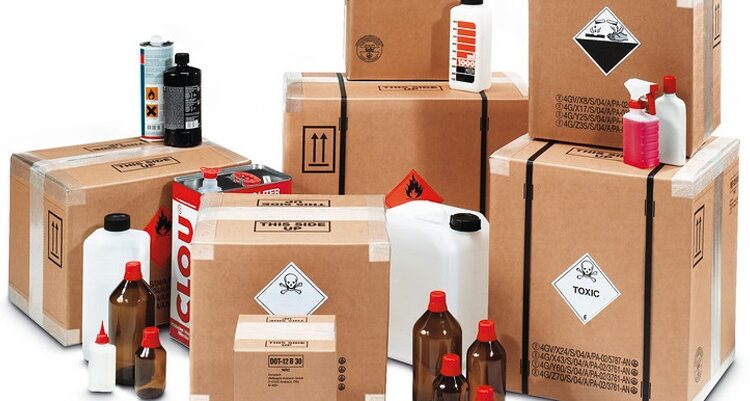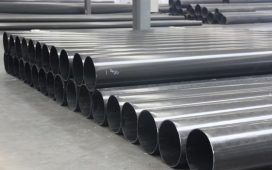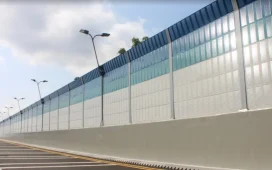In a rapidly evolving industry of logistics and transportation, ensuring the safe and secure packaging of dangerous goods is of paramount importance. With the continuous emergence of new challenges and regulations, staying ahead of the curve requires embracing innovative solutions that go beyond traditional packaging methods.
Advanced techniques and technologies are being developed to streamline the packaging of dangerous goods (DG), enhancing both safety and compliance.
Understanding the Challenge
Packaging dangerous goods presents unique challenges due to the diverse nature of these materials and the risks they pose during transportation. Factors such as toxicity, flammability, and reactivity must be carefully considered to prevent accidents and protect both people and the environment.
Innovative Packaging Materials
Optimal dg packaging begins with the selection of suitable materials. While traditional options like steel drums and plastic containers have long been the standard, advancements in material science have opened up new possibilities.
Key Innovations:
- Advanced Composites: Lightweight and durable materials that provide superior protection.
- Barrier Films: Multi-layered films that offer enhanced resistance to chemicals and punctures.
- Nanomaterials: Materials engineered at the molecular level to provide exceptional strength and stability.
Smart Packaging Technologies
Incorporating smart technologies into packaging solutions can revolutionise the handling and monitoring of dangerous goods. IoT-enabled sensors embedded in packaging can provide real-time data on factors such as temperature, pressure, and humidity, allowing for proactive monitoring and early detection of potential issues.
Benefits of Smart Packaging:
- Real-Time Monitoring: Continuous tracking of environmental conditions to ensure the integrity of the goods.
- Predictive Maintenance: Identifying and addressing potential problems before they escalate.
- Enhanced Safety: Immediate alerts in case of deviations from safe parameters.
Customised Packaging Designs
Each dangerous goods shipment is unique, requiring tailored packaging solutions to address specific risks and transport conditions. Customised packaging designs, created using advanced CAD software and 3D printing technology, offer precise fit and protection for various types of materials.
Advantages of Customisation:
- Precision Fit: Ensures that packaging is perfectly suited to the dimensions and characteristics of the goods.
- Enhanced Protection: Provides better shock absorption and stability during transit.
- Flexibility: Allows for rapid prototyping and adjustments based on specific requirements.
Sustainable Packaging Initiatives
In addition to safety considerations, there is a growing emphasis on sustainability in packaging practices. Manufacturers and shippers are increasingly turning to eco-friendly materials and packaging designs to minimise environmental impact. Biodegradable packaging materials, recyclable containers, and reusable packaging solutions are gaining traction as part of broader efforts to promote sustainability throughout the supply chain.
Sustainable Practices:
- Biodegradable Materials: Reduce the long-term environmental footprint.
- Recyclable Containers: Facilitate easier recycling and waste management.
- Reusable Solutions: Encourage multiple uses, reducing the need for single-use packaging.
Conclusion
As the transportation of dangerous goods continues to evolve, so too must our approach to packaging and safety. By embracing innovative solutions and staying abreast of emerging technologies, shippers can ensure the optimal packaging of dangerous goods while minimising risks and environmental impact.
From advanced materials and smart technologies to customised designs and sustainable initiatives, the future of dangerous goods packaging is indeed filled with promise and possibility. By adopting these cutting-edge practices, the logistics industry can enhance safety, compliance, and sustainability, paving the way for a safer and more efficient global supply chain.







